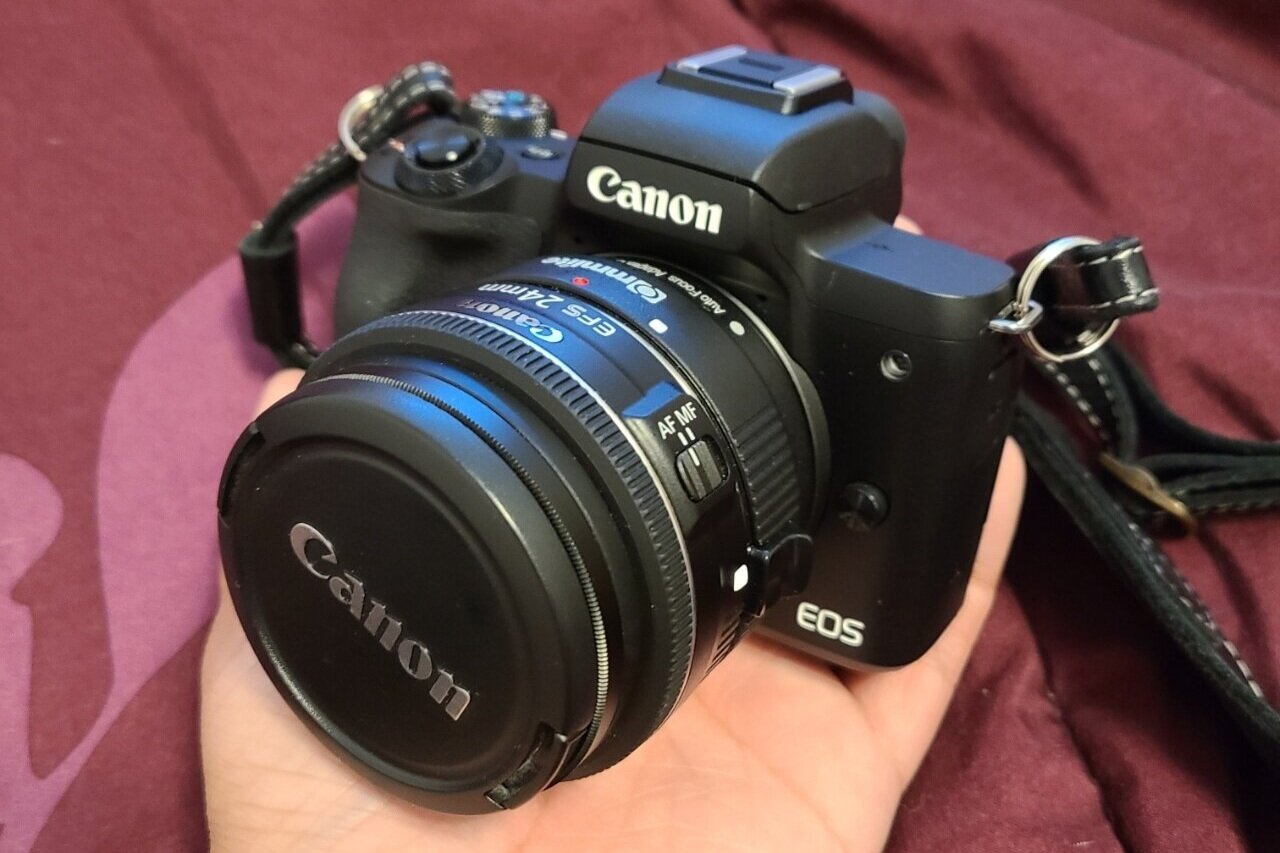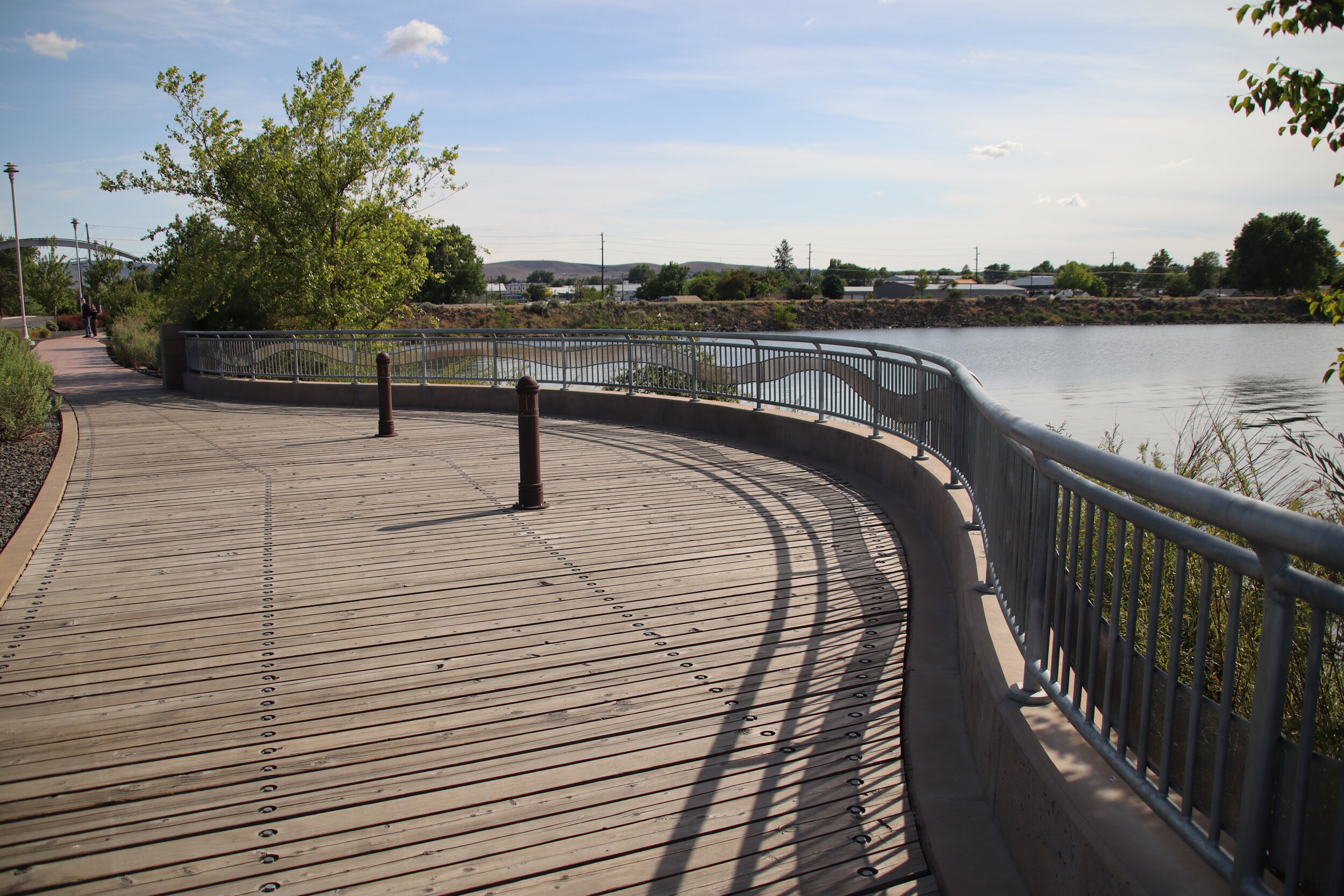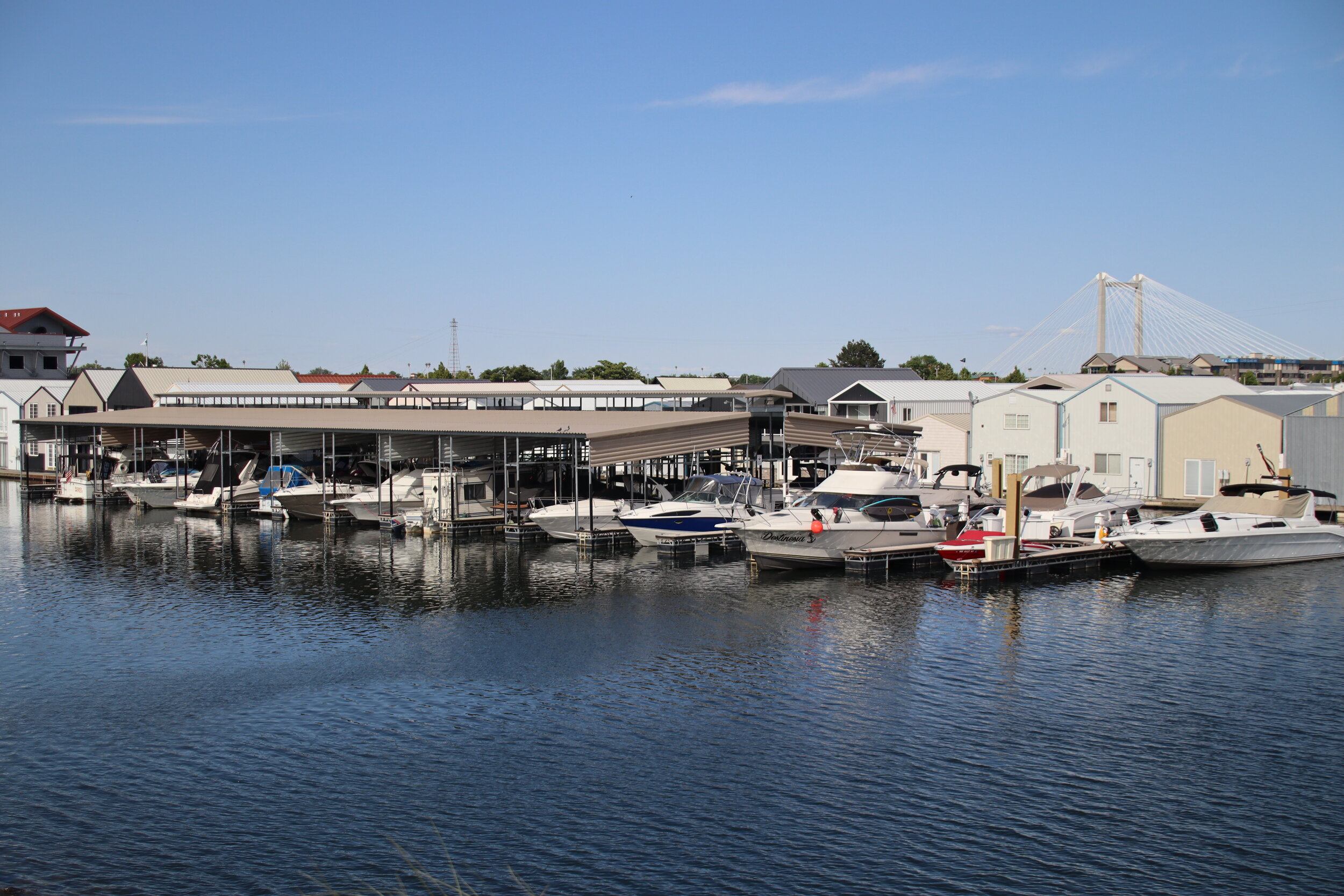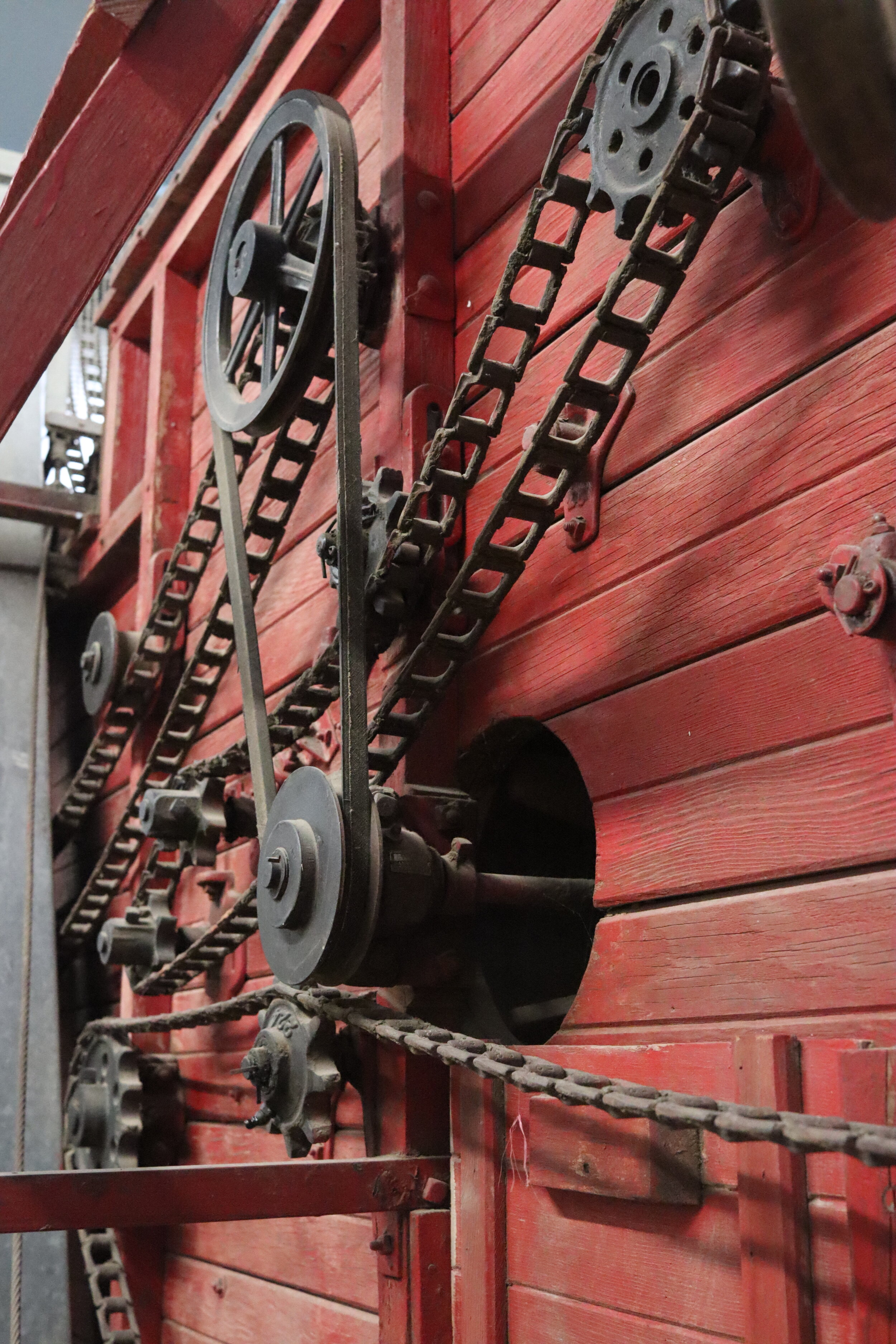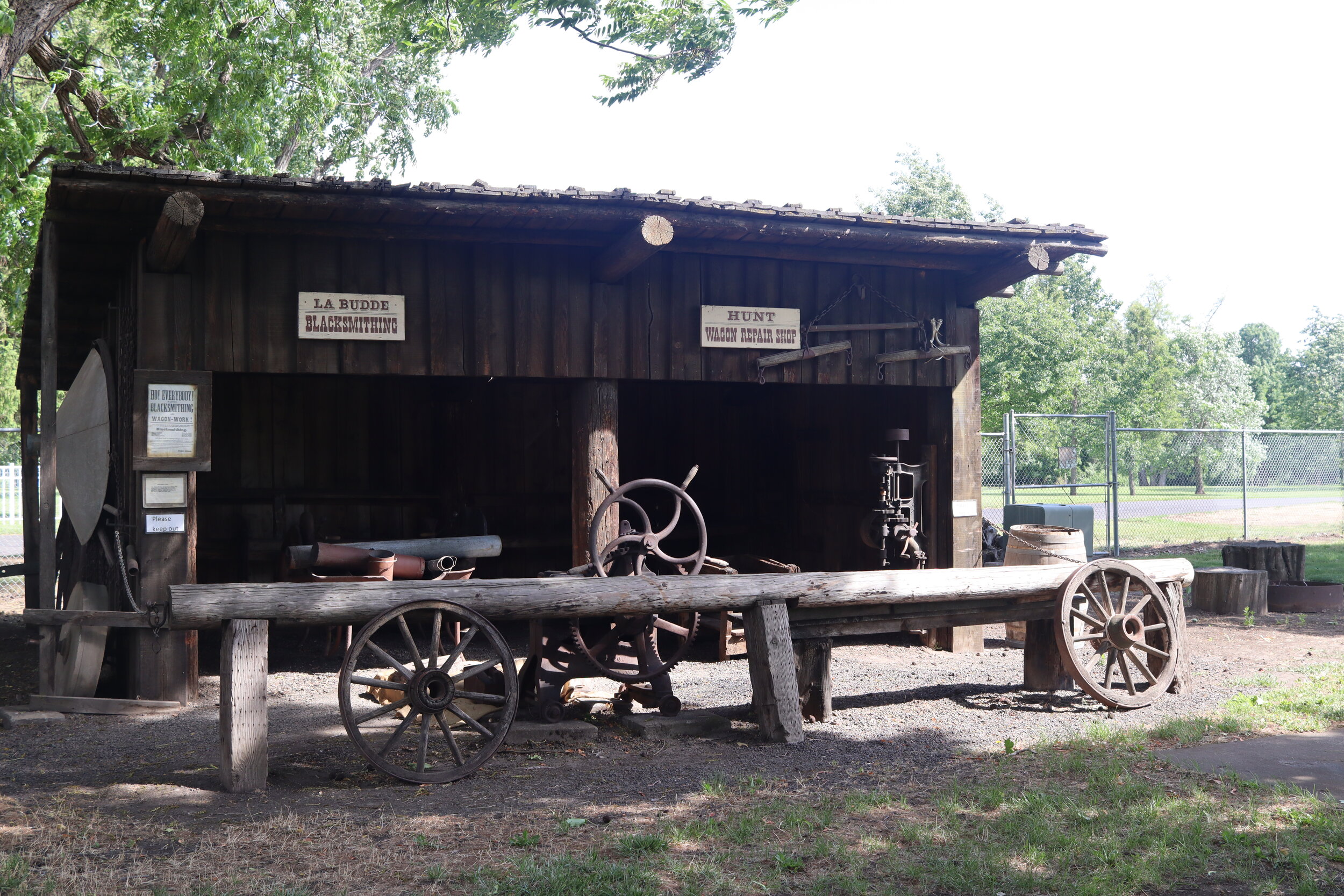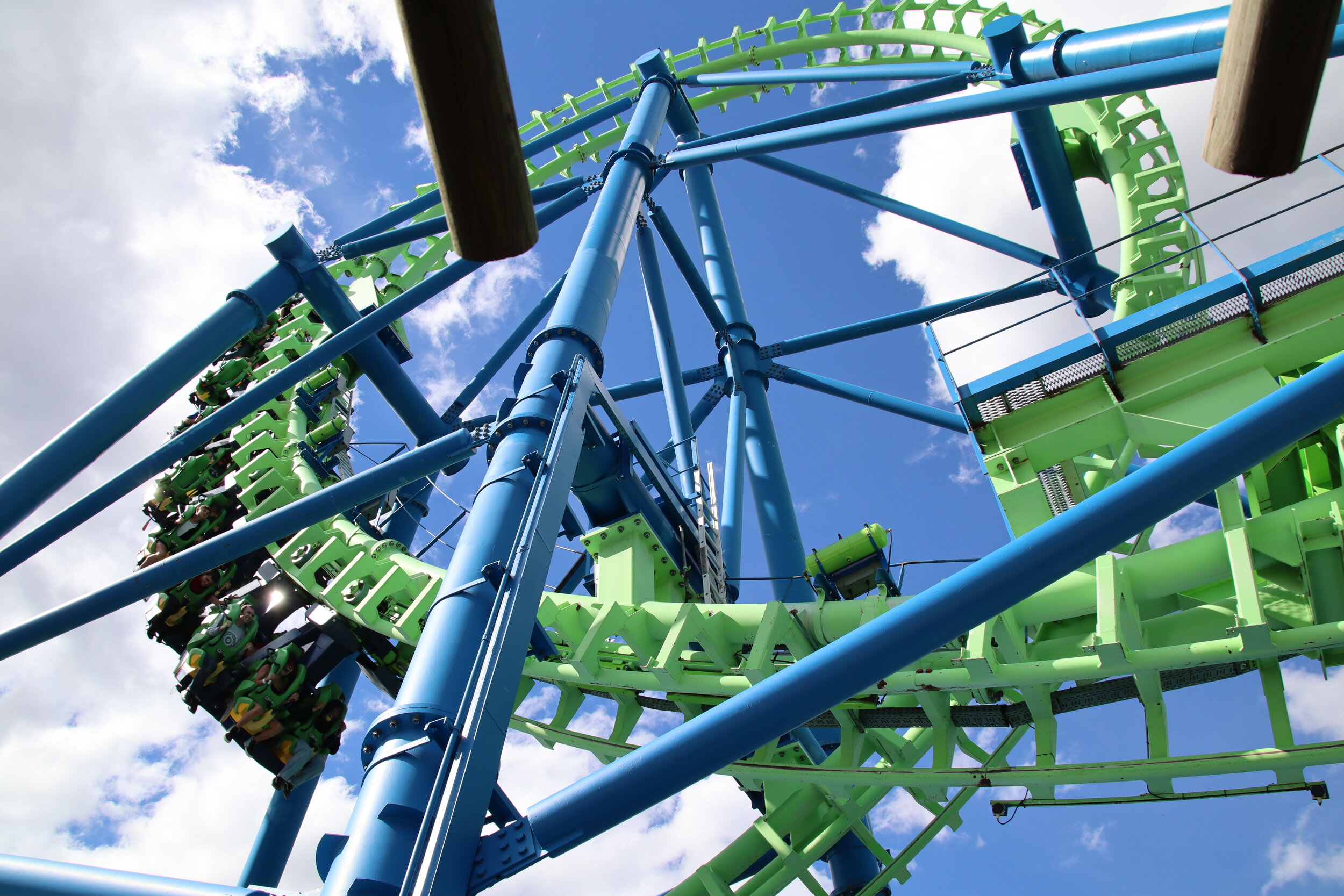Canon EOS M50
Mirrorless Camera and Lens Kit | Cost: $649.99
What We Like:
Nitpicks:
Compact form factor that still looks like a DSLR
Centered electronic viewfinder (EVF)
Respectably high continuous shooting rate
Canon’s color science
Ease of use enabled by intuitive physical and touchscreen controls
Plays well with adapted Canon glass (EF/EF-S adapted to M)
EOS Webcam Utility
WiFi and Bluetooth enabled for on-the-go image transfer to a mobile device
Battery life on the shorter side of the spectrum
Needs an adapter to use EF/EF-S glass
Last summer, I bought my first mirrorless camera - a Sony A6000. Maybe it was an impulse buy, maybe I saw it as a necessity at the time. I was a long way from home, where I had left my trusty ol’ Canon EOS Rebel T3i - bought back in 2012 - so that I could pack lightly. I wanted to reenter the fray, pick up another camera, and let the photography bug bite me again. At the time, the A6000 was the perfect choice - lightweight, relatively compact, and I could switch between lenses.
And that was the first caveat.
Truth is, over my ownership of my trusty ‘ol T3i, I had built up a repertoire of some of my favorite lenses - all in the Canon EF/EF-S mount lineup. Having to start my lens collection from scratch was a tough pill to swallow for me, so I scoured the local marketplaces and found exactly what I needed - the Metabones lens adapter!
Or so I thought.
In comes the second caveat. Being an older body at that point, the A6000 had trouble meshing with the adapter especially when I was using the non-STM glass I had from Canon. The autofocus performance and just general usability wasn’t up to par for me. It’s like I had put shackles on the performance benefits of a mirrorless camera. When I arrived home from being away at an internship, I decided to look at my options.
Enter the Canon EOS M50.
It ticked all of the boxes that the A6000 had ticked while I was away, with some crucial benefits that led me to a now necessary impulse purchase. Fast autofocus? Check. High continuous shooting rate? Check. Compact form factor that lets me change lenses? Check. The big difference this time was that it was a lot easier to adapt my ol’ EF and EF-S glass to this new M mount. It was (sorta?) native, and that meant that I could continue buying the EF and EF-S glass and still use it with my trusty ol’ T3i.
And of course, there were the other niceties that had completely slipped my mind while shopping for the M50. Canon recently released their EOS Webcam Utility which allows most modern models to be used as a webcam substitute - with the added benefit of way higher quality glass. It’s funny cause I really didn’t expect to use this feature too much, yet here I am using it on almost a daily basis for teleconferences.
The other thing I had missed - purely as a result of being away from a physical camera for too long - were those oh-so-succulent Canon colors. As a color blind person, I couldn’t give you the whole rundown as to why colors come out a particular way on these Canon cameras. However, it was something that I had fallen in love with when I first picked up my trusty ‘ol T3i, and the M50 features that same color science. There’s something behind Canon’s color science that I can’t quite put my finger on - but I’ve always preferred it because it just looks… right?
Casting aside that momentary gush on Canon’s color science, it has been a couple of months with the M50 and I truly am pleased with this body. I’m using an aftermarket Commlite CM-EF-EOS M adapter to use the lenses I have with me while I’m away from home again. It’s a pretty light kit, but it covers almost all of the bases for everyday shooting. The glass I brought along with me includes the Tamron AF 18-200mm F/3.5-6.3 Di-II VC and the Canon EF-S 24mm f/2.8 STM.
It was honestly a risk not bringing along the kit lens, since I’d be relying solely on the adapter to make these lenses work while I was away from home for a long period again for another internship. And it’s not like the included glass was bad either, in fact I actually loved how it performed in almost any situation. For a starting photographer or content creator, the kit lens is actually quite ideal.
Even so, the adapted lenses have performed quite well with the M50. I do have my qualms regarding the adapter, but that doesn’t impact how I feel about the M50. The camera is simply great. The continuous shooting rate of 10 frames per second is a real treat for high-movement shots, especially coming from my trusty ol’ T3i’s 3 frames per second. Man, I can’t wait to shoot an airshow with this body!
I find myself using the touchscreen a lot as well - again, something that’s absent in my trusty ol’ T3i and even the A6000. It is really intuitive and makes going through settings an absolute breeze when used in conjunction with the sole scroll wheel that surrounds the shutter button. The screen flips around too, which allows the camera to be used as a vlogging solution. In my case, I use the flipped screen as a way to see the image while in a teleconference.
Overall, the M50 is a solid piece of kit that’s portable and a blast to use. Really harkens back to the old high school yearbook days when I was just absolutely smitten by photography. And maybe that justifies the impulse to buy it. Maybe.
Sample Images


